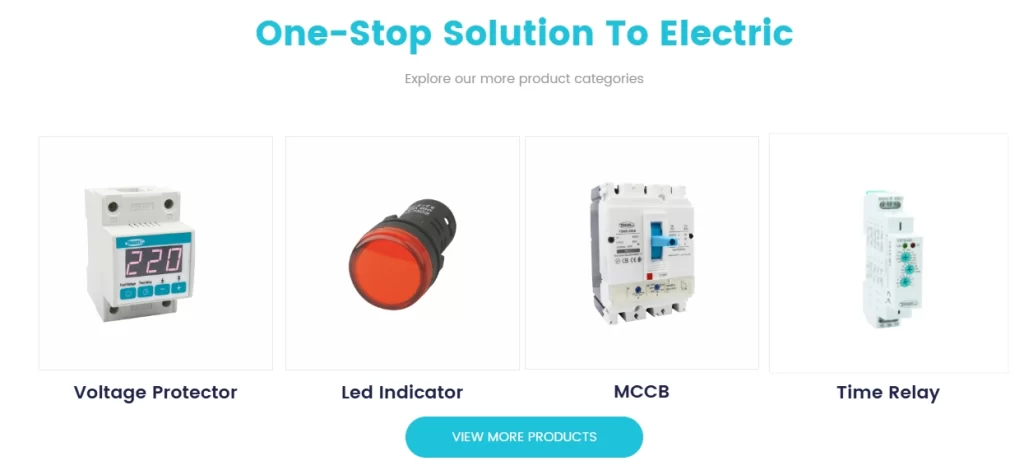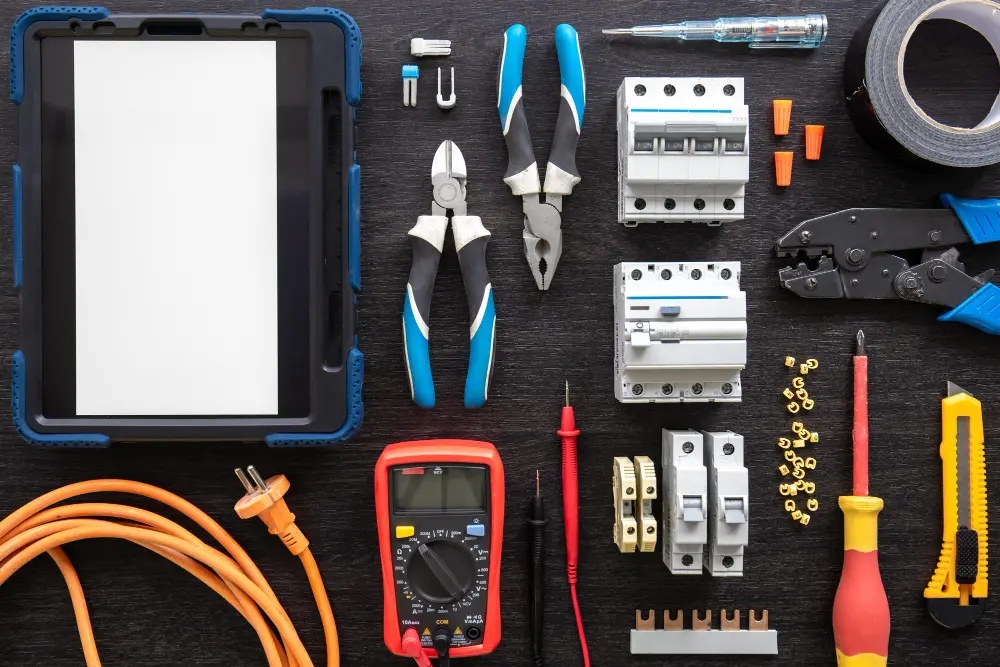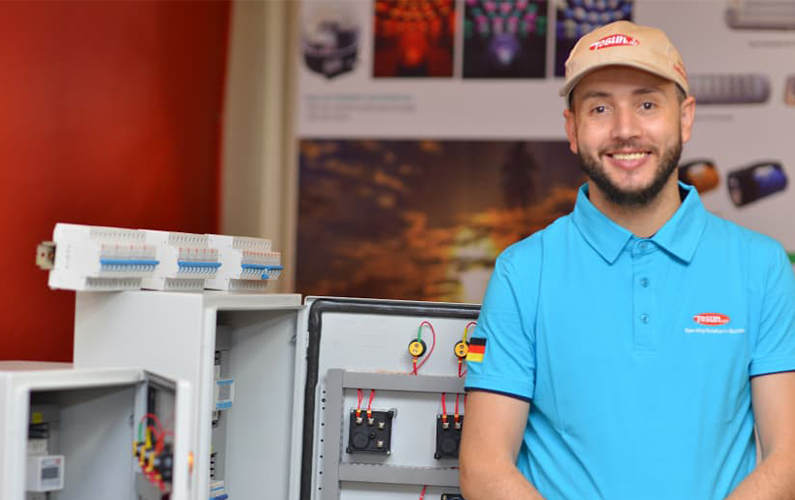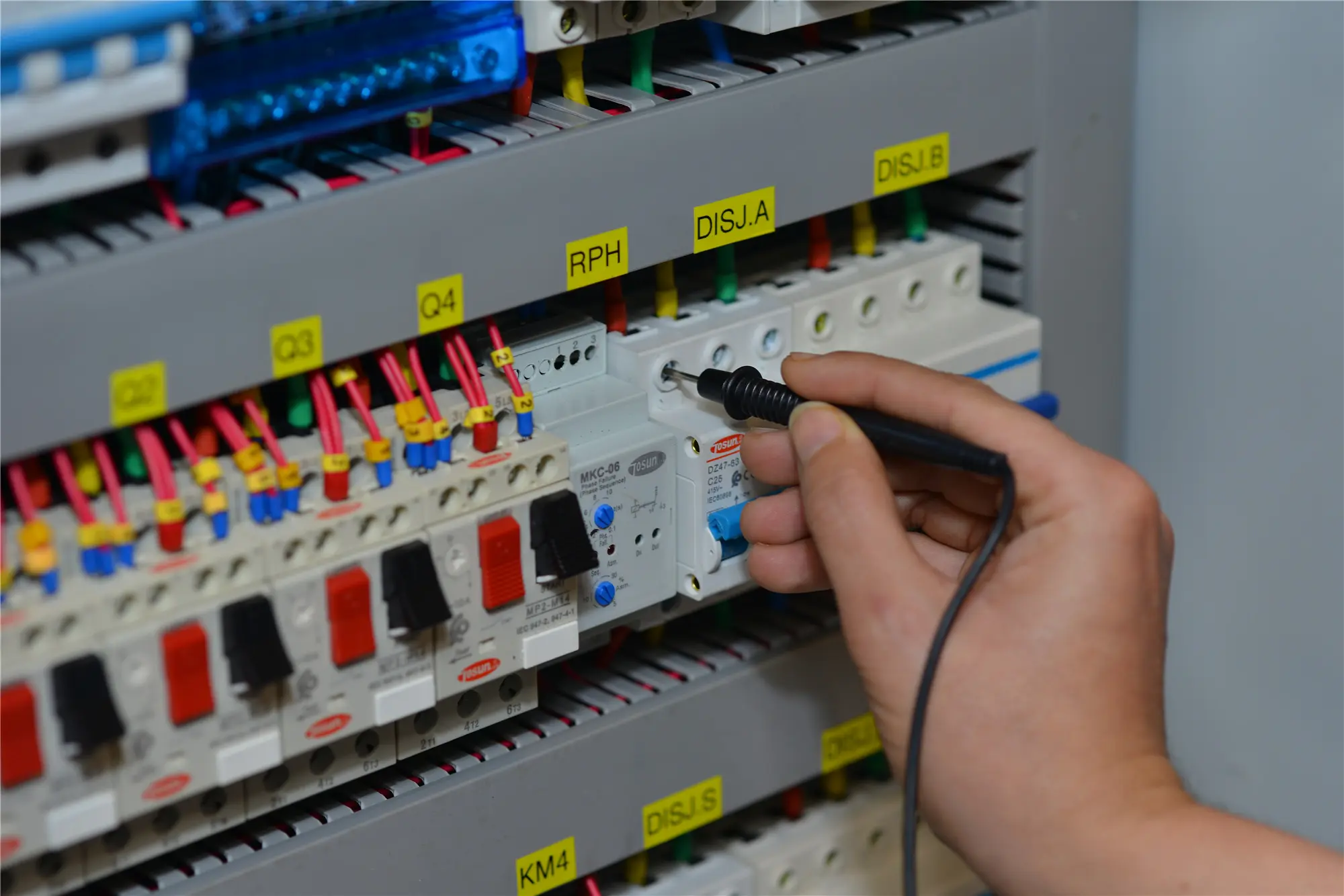Որո՞նք են էլեկտրական բաղադրիչների որակի վերահսկման և փորձարկման լավագույն փորձը։
Բովանդակություն
ՓոխարկելQuality control and testing of electrical components are crucial for ensuring safety, reliability, and compliance with industry standards. The process involves following electrical testing standards, using reliable electronic testing equipment, and performing regular inspections. These practices help prevent product failures and guarantee consistent performance.
Key Practices in Electronic Component Testing
1. Follow Electrical Testing Standards
Adhering to recognized standards like IEC, IEEE, and ISO ensures consistency and safety. These benchmarks cover insulation resistance, voltage endurance, and durability. Following them helps manufacturers maintain quality across all electronic components checking processes.
2. Use Reliable Electronic Testing Equipment
Investing in accurate tools such as oscilloscopes, multimeters, and LCR meters is essential. Automated test systems reduce human error and provide faster results. High-quality electronic testing equipment ensures reliable and precise measurements.
3. Perform Visual and Functional Inspections
Checking for physical defects such as cracks, corrosion, or incorrect labeling is the first step. Functional testing verifies whether a component performs according to specifications. Combining these approaches strengthens the electronic circuit testing process.
4. Conduct Environmental and Stress Testing
Electrical components must perform under real-world conditions. Stress tests include exposing components to temperature changes, humidity, and vibrations. These methods reveal weaknesses and help manufacturers improve durability.
5. Maintain Documentation and Traceability
Recording all test results ensures compliance and accountability. Using digital tracking or barcodes simplifies recalls if issues arise. Proper documentation supports long-term reliability and adherence to electrical testing standards.
ՀՏՀ-ներ
Q1: Why is electronic component testing important?
It ensures safety, reliability, and compliance with industry standards, reducing risks of product failures.
Q2: What tools are used in electronic testing equipment?
Common tools include oscilloscopes, digital multimeters, LCR meters, and automated test systems.
Q3: How often should electronic circuit testing be done?
Testing should be performed during manufacturing, before product release, and at scheduled intervals during use.
Key Takeaways—What Is Electronic Component Testing?
- It confirms reliability and compliance with electrical testing standards.
- It relies on advanced electronic testing equipment for accuracy.
- It ensures long-term safety and consistent performance.
Եզրակացություն
Effective quality control and testing of electrical components rely on clear standards, advanced tools, and detailed inspections. By combining functional testing with stress and environmental evaluations, manufacturers can ensure that products remain safe and reliable throughout their lifecycle.
Հեռ՝ +86-577-88671000
Էլ․ հասցե։ ceo@tosun.com
Skype՝ արևաէլեկտրական
Wechat՝ +86-139 6881 9286
WhatsApp՝ +86-139 0587 7291
Հասցե՝ Սենյակ No.1001 Wenzhou Fortune Center, Station Road, Wenzhou, Չինաստան
ՊԱՀԱՆՋԵԼ ՄԵԿՆԱՐԿ
WhatsApp մեզ
 : +86-139 0587 7291
: +86-139 0587 7291 Անգլերեն
Անգլերեն Իսպանիայի
Իսպանիայի Русский
Русский ֆրանս
ֆրանս العربية
العربية Português do Brasil
Português do Brasil Українська
Українська Թյուրքչե
Թյուրքչե Պոլսկին
Պոլսկին Նիդեռլանդներ
Նիդեռլանդներ Իտալական
Իտալական Բահասա Ինդոնեզիա
Բահասա Ինդոնեզիա हिन्दी
हिन्दी اردو
اردو አማርኛ
አማርኛ Հայերեն
Հայերեն ไทย
ไทย մոնղոլ
մոնղոլ հայերեն
հայերեն Shqip
Shqip English
English



